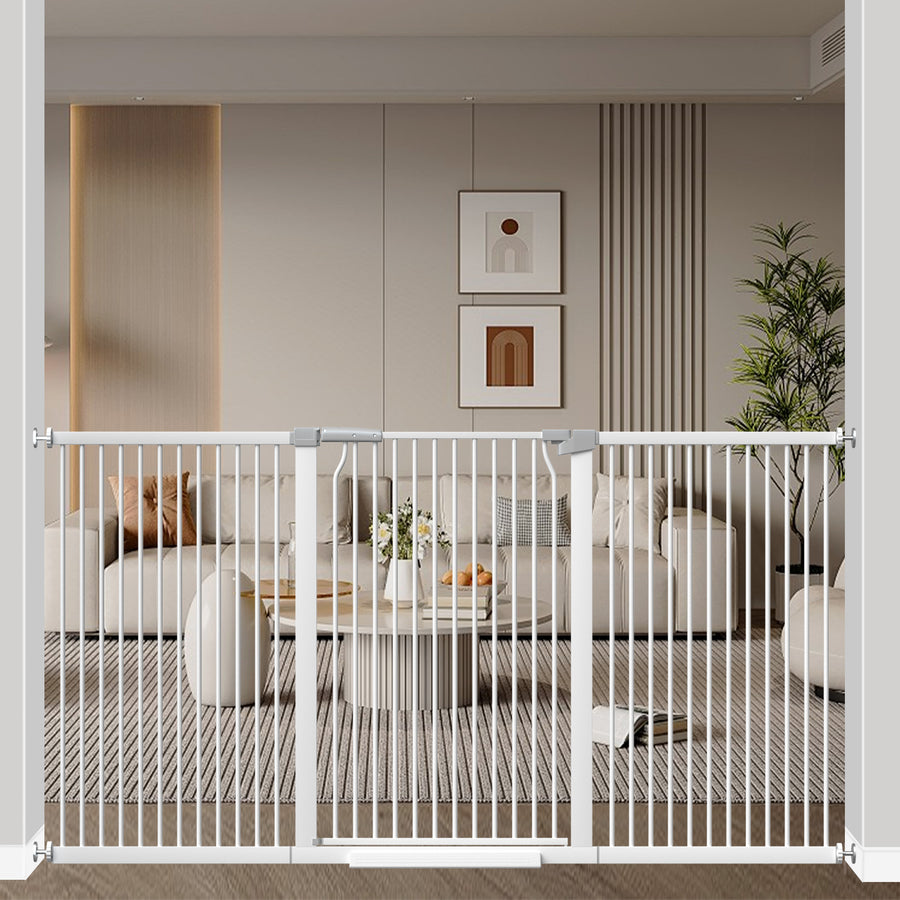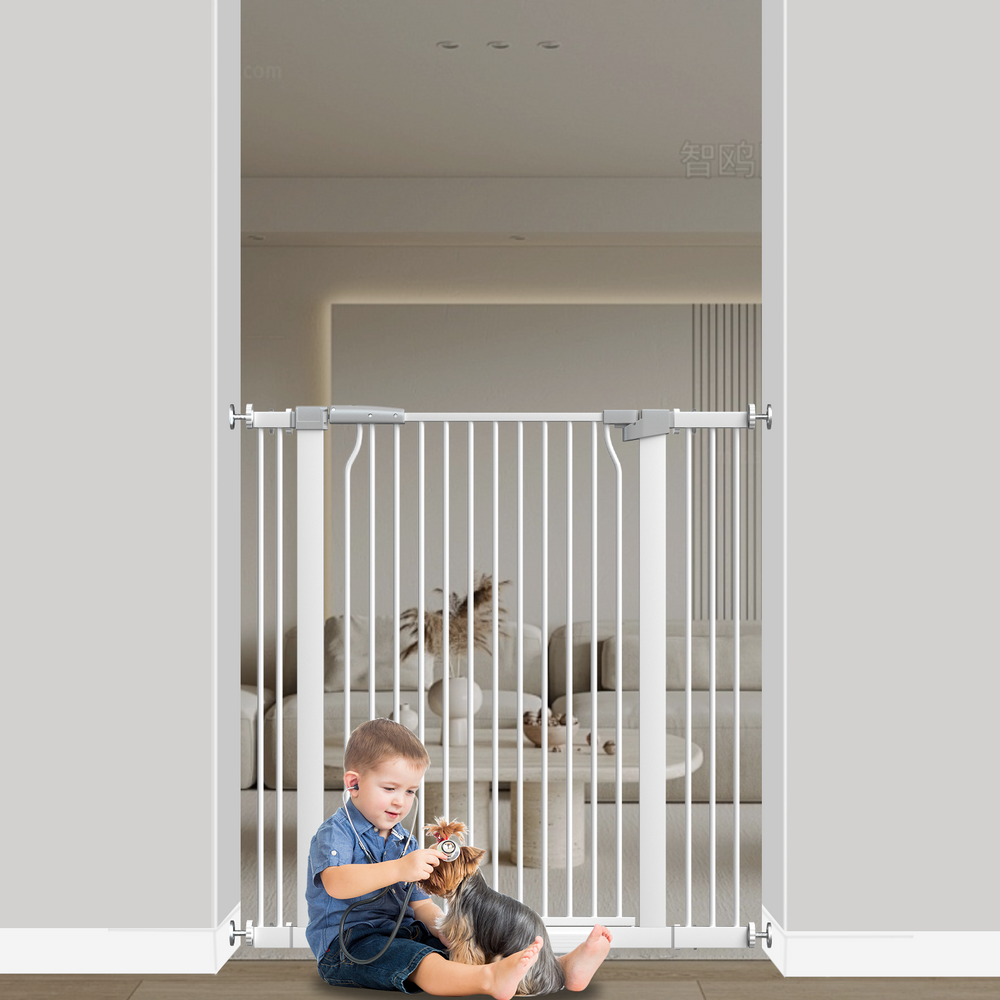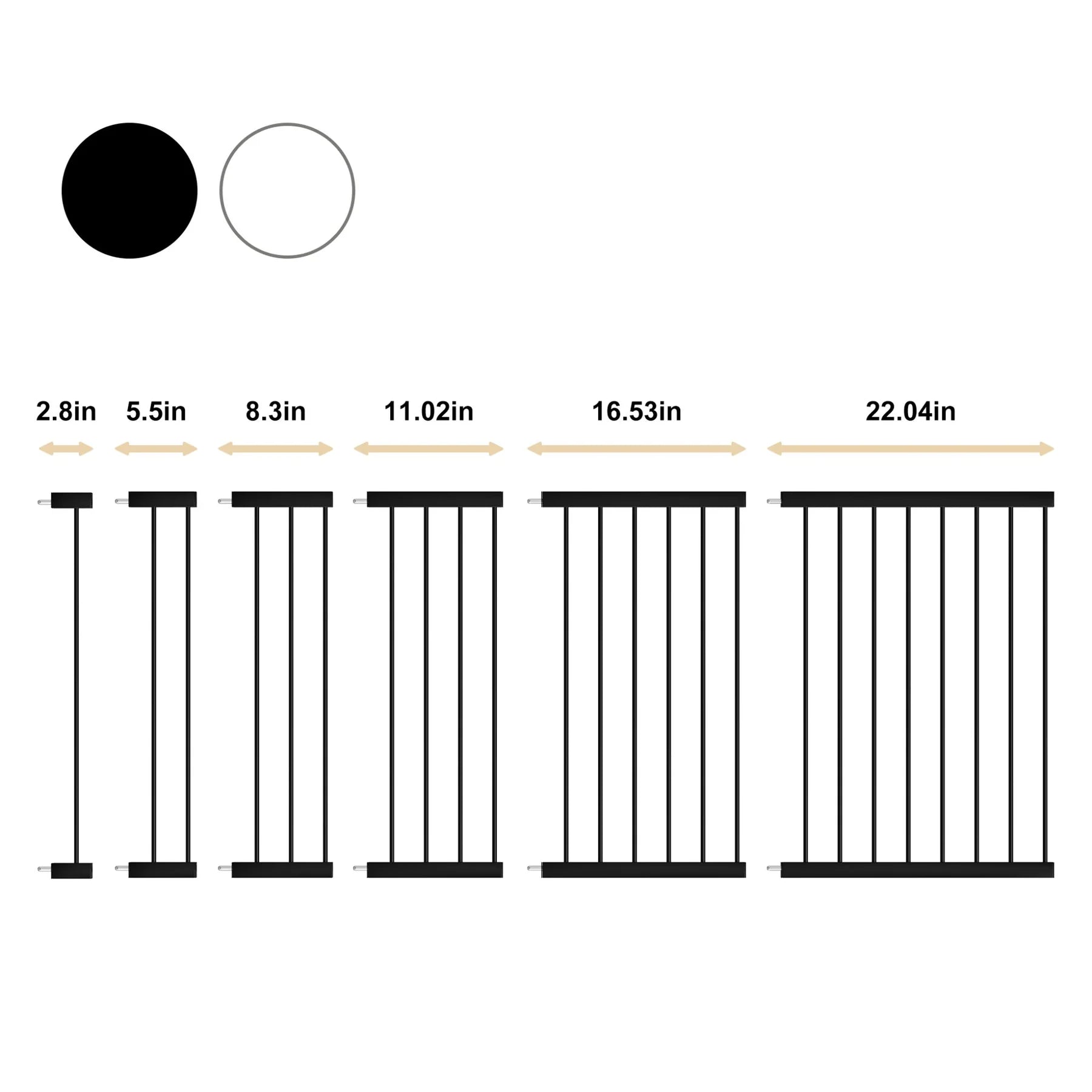How to Stop Your Dog from Getting Under the Gate: Practical Solutions
Dogs are naturally curious and adventurous creatures, and sometimes this curiosity leads them to explore beyond the boundaries of their home. If your furry friend has a habit of squeezing under the gate, it's crucial to address this behavior for their safety and your peace of mind. Here's a comprehensive guide on how to stop your dog from getting under the gate.
Understand Why Dogs Want to Go Under the Gate
Determining why your dog is attempting to escape is the first step in effectively addressing the issue. Here are some common motivations:
-
Seeking Attention: Dogs are social animals and may try to escape if they feel neglected or crave more interaction. If you've been busier than usual or there's been a change in the household routine, your dog might be looking for more attention.
-
Boredom: A lack of mental and physical stimulation can lead to boredom, prompting your dog to find entertainment elsewhere. This is particularly common in high-energy breeds or younger dogs who require more engagement.
-
Anxiety: Separation anxiety or fear triggered by external factors like loud noises (thunderstorms, fireworks) can cause a dog to seek escape. Dogs with anxiety may also exhibit other signs like excessive barking, panting, or destructive behavior.
-
Thrill of Exploration: Some dogs are naturally more curious and adventurous. This trait is often seen in breeds known for their hunting or herding instincts. These dogs might try to escape just for the joy of exploring new environments.
-
Hunting Instincts: If your dog is from a breed with strong hunting instincts, they might be trying to chase after small animals or scents that intrigue them outside the gate.
-
Lack of Training: Dogs that haven’t been taught proper boundaries or have been reinforced for past escape behaviors may continue trying to get out.
Tips on Preventing Your Dog from Escaping Under the Gate
1. Secure the Gate
Close the Gap
- Assessment: Begin by measuring the space under the gate. A gap larger than the height of your dog's head is a potential escape route.
- Wooden Barrier: Attach a wooden plank along the bottom of the gate. Ensure it's sturdy and treated for outdoor use to prevent rotting.
- Gate Skirt: Consider adding a gate skirt—a flexible material attached to the bottom of the gate that touches the ground, creating a physical barrier.
Use L-Footers
- Construction: L-Footers are made of sturdy wire mesh bent into an L-shape.
- Installation: Dig a trench along the fence line and bury the L-footer, with one side lying flat on the ground and the other against the fence.
- Coverage: Ensure the L-footer extends several feet from the base of the fence to deter digging.
Install a Concrete Footer
- Planning: Mark a line about 6-8 inches away from the gate.
- Digging: Excavate a trench about 2-3 inches deep along the marked line.
- Pouring Concrete: Mix and pour concrete into the trench, leveling it with the ground.
- Finishing: Allow the concrete to cure for the recommended time before exposing it to your dog.
2. Enhance Your Yard
Enrichment Activities
- Interactive Toys: Provide toys that stimulate your dog's mind, like puzzle feeders or treat-dispensing balls.
- Agility Equipment: Set up agility equipment like tunnels or jumps to keep your dog active and engaged.
Regular Exercise
- Routine Walks: Establish a routine for daily walks, varying the route to keep it interesting.
- Playtime: Engage in regular play sessions, including fetch, tug-of-war, or frisbee.
3. Training
Boundary Training
- Setting Boundaries: Use flags or markers to delineate the yard's boundaries.
- Positive Reinforcement: Reward your dog with treats or praise when they stay within the designated area.
- Consistency: Practice boundary training regularly to reinforce the behavior.
Distraction Techniques
- Command Training: Teach commands like 'leave it' or 'come' to redirect your dog's focus.
- Engagement: Use toys or treats to distract your dog from the gate area.
4. Monitor and Supervise
Supervised Yard Time
- Presence: Be in the yard with your dog, especially during the initial training phase.
- Engagement: Play or engage with your dog while they are in the yard to keep their attention.
CCTV Cameras
- Installation: Position cameras to have a clear view of the gate and surrounding areas.
- Monitoring: Regularly check the footage to observe your dog’s behavior and identify any escape attempts.
Conclusion
Preventing your dog from escaping under the gate requires a multifaceted approach that includes physical barriers, mental stimulation, consistent training, and vigilant supervision. Tailor these strategies to your dog's personality and needs. Remember, patience and persistence are key in ensuring your dog's safety and your peace of mind.
Conclusion
Preventing your dog from getting under the gate requires a combination of physical barriers, mental stimulation, training, and supervision. By understanding your dog's needs and motivations, you can create a safe and happy environment that curbs their desire to escape. Remember, each dog is unique, so what works for one may not work for another. Patience and consistency are key.






Leave a comment